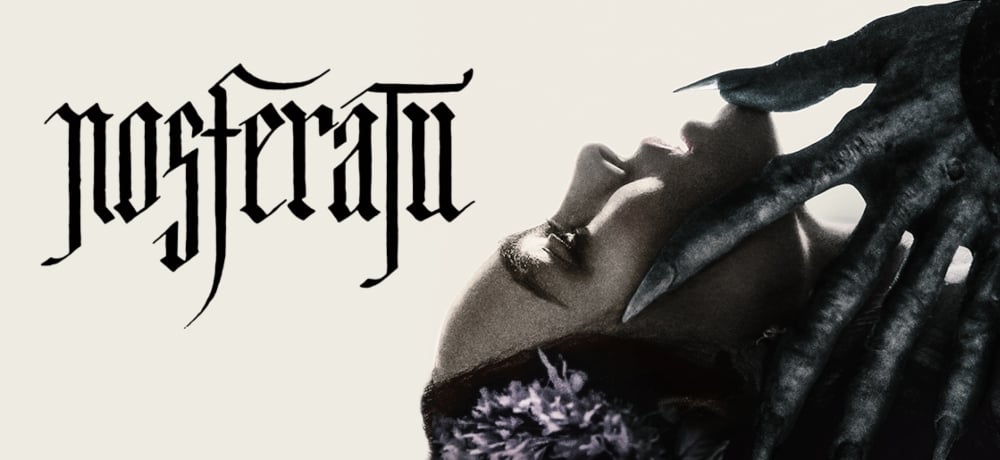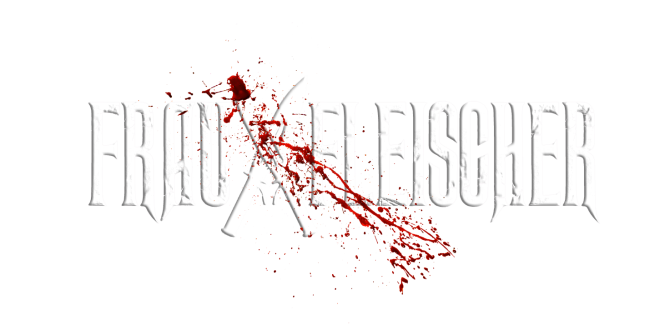The Formative Body Horror of Spongebob Squarepants
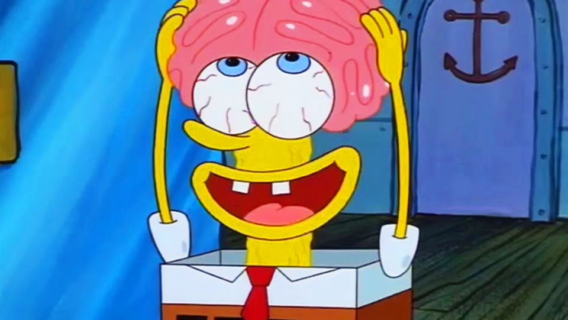

Every horror fan has a starting point. Whether you cut your teeth on kid-friendly horror shows Goosebumps or Are You Afraid of the Dark? or traumatized yourself catching Jaws, The Exorcist, or The Blair Witch Project in theaters at a tender age, we all get introduced to the world of genre filmmaking in one way or another. Yet there’s one cultural touchstone that rarely comes up in conversations about formative horror, despite the fact that several generations grew up devouring every second of it: Spongebob Squarepants.
Spongebob isn’t a horror show, but the animated kids’ series about a hyperactive sea sponge and his undersea friends and neighbors still features a whole lot of body horror – along with some overt homages to the genre. The classic episode “Graveyard Shift,” for example, starts with sardonic cashier Squidward (Rodger Bumpass) telling Spongebob (Tom Kenny) the tale of a killer called the Hash-Slinging Slasher. The killer is a spatula-handed play on the hook-handed man myth made popular in films like Candyman and I Know What You Did Last Summer, and like the urban legend, Squidward actually just made it up. The end of the episode includes a nod to a horror classic, F.W. Murnau’s Nosferatu, as an insert of Max Schreck’s vampire is seen playfully flickering the lights.
Also Read: Reviving Frankenstein’s Monster in the Midst of Mass Death
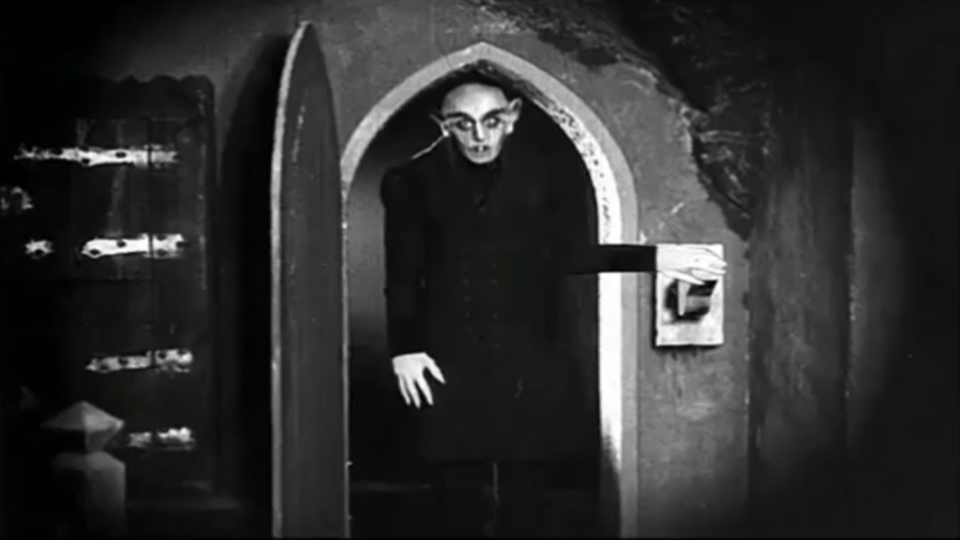
I knew about Nosferatu from Nosferatu decades before watching the movie, and became familiar with the beats of horror films from the show as well. In “Rock Bottom,” Spongebob gets stranded in a creepy part of town, and paranoia seeps into his mind as he tries to catch the last bus home. In “Nasty Patty,” he and Mr. Krabs (Clancy Brown) think they’ve mistakenly killed a health inspector, and set about covering up the crime. Then in other episodes from the early seasons, Patrick (Bill Fagerbakke) hunts Spongebob (“If I can’t have you as a friend, I’ll make you a trophy!” he shouts), the pair attempt to put Squidward to rest after mistaking him for a ghost, and Spongebob becomes the next potential victim of a killer called The Tattle-Tale Strangler.
Spongebob was created in 1999, just as a decade of bizarre, quasi-adult kids’ cartoons like Aaahh!!! Real Monsters and The Ren & Stimpy Show were wrapping up. The show is by no means scarier than its animated contemporary Courage the Cowardly Dog, but it’s noteworthy for trafficking in a type of horror that feels extremely safe because the gross-out gags are couched in joke-heavy scripts and feather-light plots. The series also benefits greatly from the physiology of its hero: as a sponge, Spongebob can be chopped up, burned, run over, crushed, and otherwise put through hell without, apparently, feeling it much at all. In one episode, he chows down on a popcorn bucket full of his own arms. In another, he rips off his skin to reveal the muscles and tendons underneath.
Also Read: Revisiting the Transgressive Feminine Power of ‘Wicked City’
One of the earliest episodes of the show—which, unsurprisingly, rarely aired when I was a kid—includes one story in which Patrick shaves Spongebob’s head down until he’s just a brain on a spinal column (“I like your pink hat,” his friend cluelessly comments), and another that feels like a full-blown Junji Ito horror comic. In “I Was A Teenage Gary,” Spongebob’s pet snail nearly dies from neglect, and when the vet gives him a shot of snail plasma to perk the pet up, Spongebob accidentally injects himself with it. He then undergoes a gnarly, drawn-out transformation process, slowly and painfully turning into a sponge-snail hybrid complete with bulging eyes and a crooked back. The episode ends with several characters in the same condition, just like Ito’s infamous, horrifying Uzumaki manga.
Early seasons of Spongebob could get dark, but the show was able to get away with it because snail-people aside, most genuinely freaky horror moments came and went in just seconds, with characters regenerating afterward with no explanation. By the time young fans realized that Gary’s eye had exploded, or Spongebob had leaped into the eye sockets of the Strangler (there’s a lot of gross eye stuff in this show), the energetic series was already onto the next bit, and it was funny enough to (almost) forget the gross-out moment that came before.
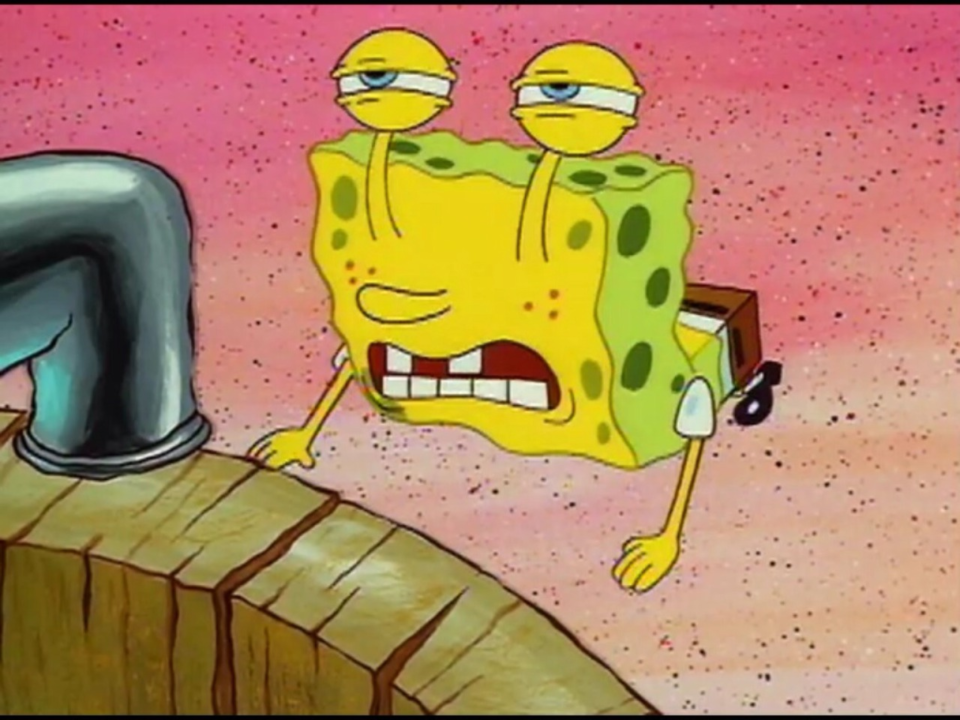
Also Read: ‘Triangle’ is An Unpredictable Time Loop Horror That Time Forgot [Watch]
Still, I think Spongebob informed my love of horror in a big way: just as characters in the show magically reappear without a scratch on them in the next episode, famous slasher franchises resurrect killers and victims alike. Even the act of watching scary movies feels similar to Spongebob’s prolific yet easily digestible approach to horror; anyone who’s ever enjoyed a trashy horror marathon can tell you that horror is great when it’s quick, silly, and followed up with even more horror.
I outgrew Spongebob after its first few seasons, but the show doesn’t seem to have ever really outgrown its love of horror. A 2011 episode features a massive, sentient pile of meat overtaking Bikini Bottom in a clear play on “The Blob,” while a 2018 episode usurps even the early seasons’ most disturbing moments with a plotline in which Spongebob and Patrick repeatedly psychologically torture Squidward to scare him into producing delicious squid ink. You know, kids’ stuff.
Spongebob Squarepants is currently 13 seasons in and still going strong—and is almost certainly subtly inspiring a new generation of horror fans all the while. Who lives in a pineapple under the sea? An unlikely children’s horror icon.
Categorized: Editorials



